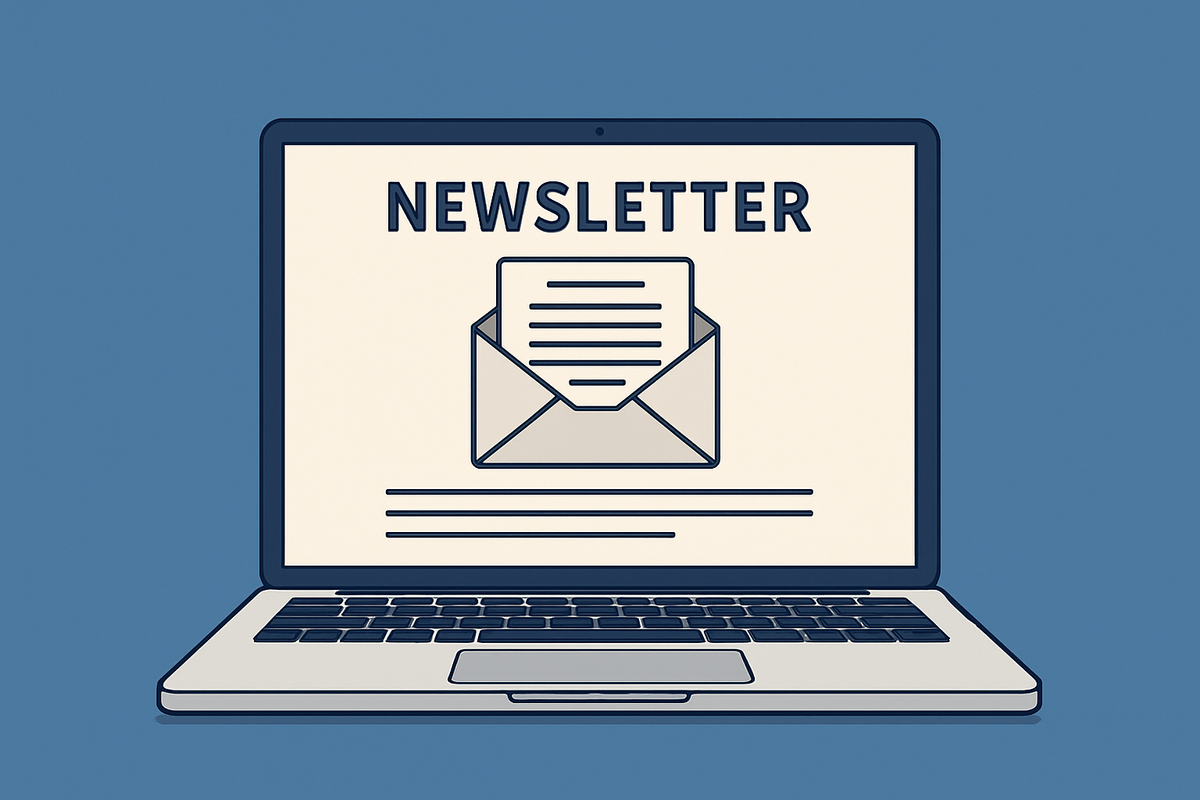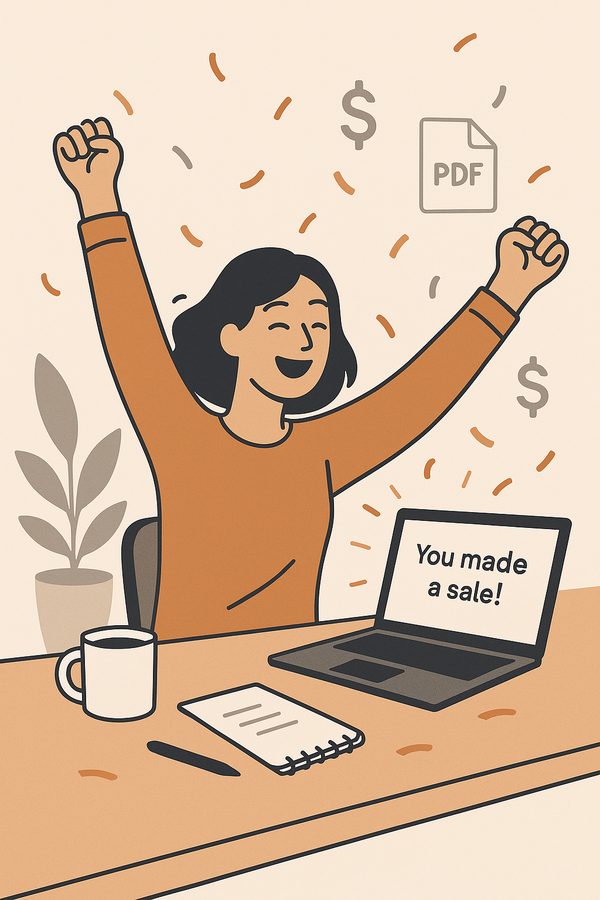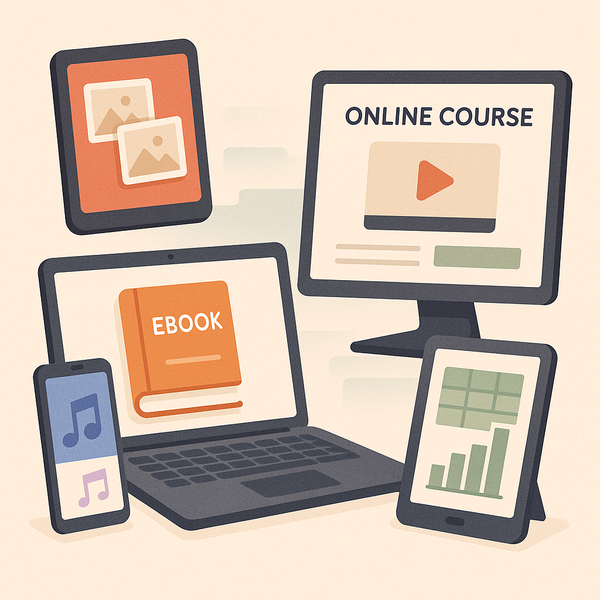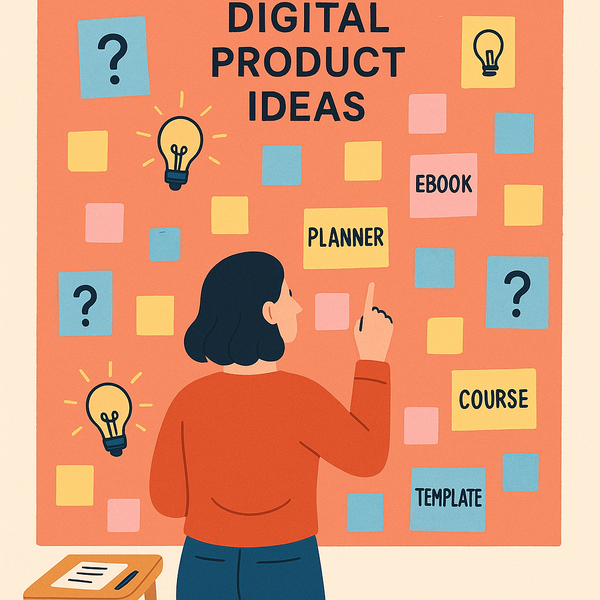Launching a Newsletter Beginner's Guide

Step 1: Define Your Newsletter's Purpose and Audience
Before diving into tools and platforms, clarify the goal of your newsletter. Ask yourself:
- What value will I provide to subscribers?
- Who is my target audience?
- What action do I want readers to take after reading?
For example, you might aim to share industry insights, promote products, or build a community around a shared interest. Defining your purpose will guide your content strategy and help attract the right subscribers.
Step 2: Choose a Newsletter Platform
Select an email marketing platform that aligns with your needs and technical comfort level. Popular options include:
- Substack: Ideal for writers and creators; offers built-in monetization features.
- Beehiiv: User-friendly with robust analytics and growth tools.
- ConvertKit: Great for creators looking to build automated email sequences.
- Mailchimp: Offers a wide range of templates and integrations.
Consider factors like ease of use, customization options, and pricing when making your choice.
Step 3: Build Your Email List
Start collecting email addresses by:
- Adding signup forms to your website or blog.
- Offering a lead magnet, such as a free ebook or checklist.
- Promoting your newsletter on social media platforms.
- Encouraging existing contacts to subscribe and share.
Ensure you comply with email marketing regulations by obtaining explicit consent from subscribers.
Step 4: Develop a Content Strategy
Plan your content to provide consistent value to your audience. Consider:
- Frequency: Decide how often you'll send newsletters (e.g., weekly, bi-weekly).
- Format: Choose a structure, such as curated links, personal essays, or industry news.
- Tone: Maintain a consistent voice that resonates with your audience.
Creating a content calendar can help you stay organized and ensure regular delivery.
Step 5: Design Your Newsletter
A clean, visually appealing design enhances readability. Tips include:
- Use a responsive template that looks good on all devices.
- Incorporate your branding elements, like logos and color schemes.
- Break up text with headings, bullet points, and images.
Most email platforms offer customizable templates to simplify this process.
Step 6: Send Your First Newsletter
Before hitting send:
- Test your email to check formatting and links.
- Proofread for spelling and grammar errors.
- Ensure your subject line is compelling to increase open rates.
After sending, monitor metrics like open rates and click-through rates to gauge performance.
Step 7: Promote Your Newsletter
Grow your subscriber base by:
- Sharing signup links on social media and in your email signature.
- Collaborating with other creators for cross-promotion.
- Running targeted ads to reach a broader audience.
Consistent promotion helps maintain growth momentum.
Step 8: Engage and Retain Subscribers
Foster a loyal readership by:
- Encouraging feedback through surveys or direct replies.
- Personalizing content based on subscriber preferences.
- Providing exclusive content or offers to subscribers.
Engagement strategies increase retention and word-of-mouth referrals.
Step 9: Analyze and Optimize
Regularly review analytics to understand what's working. Focus on:
- Open Rates: Indicate the effectiveness of your subject lines.
- Click-Through Rates: Show how engaging your content is.
- Unsubscribe Rates: Help identify content that may not resonate.
Use these insights to refine your content and strategy over time.
Step 10: Monetize Your Newsletter
Once you've built a substantial and engaged audience, consider monetization options:
- Paid Subscriptions: Offer premium content for a fee.
- Sponsorships: Partner with brands relevant to your audience.
- Affiliate Marketing: Promote products and earn commissions on sales.
Choose monetization methods that align with your audience's interests and your content.
Conclusion
The major strength of a newsletter is that you own the channel. No one tells you what to do. You have total control.
The weakness is that it can be a bit of a grind to get email signups.
Yes, starting a newsletter requires planning and consistency, but with these steps, you can build a valuable channel for communication and income.




